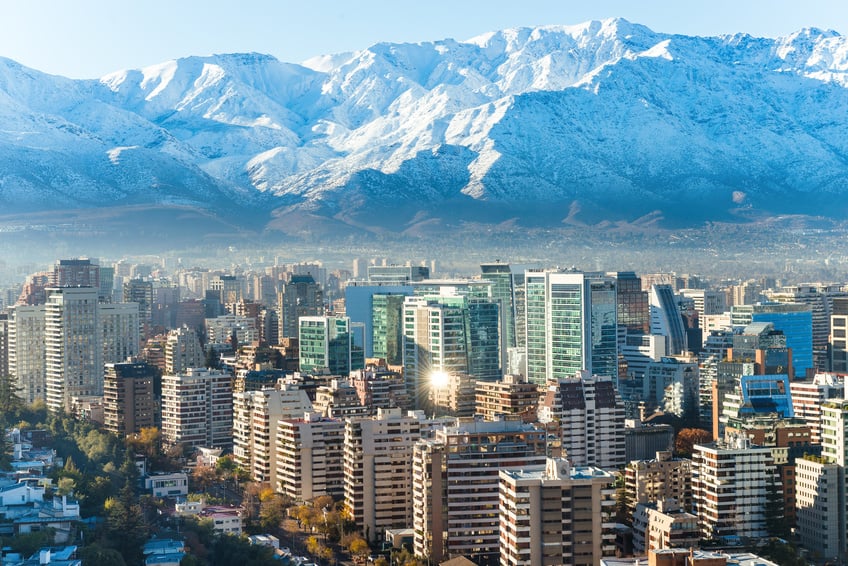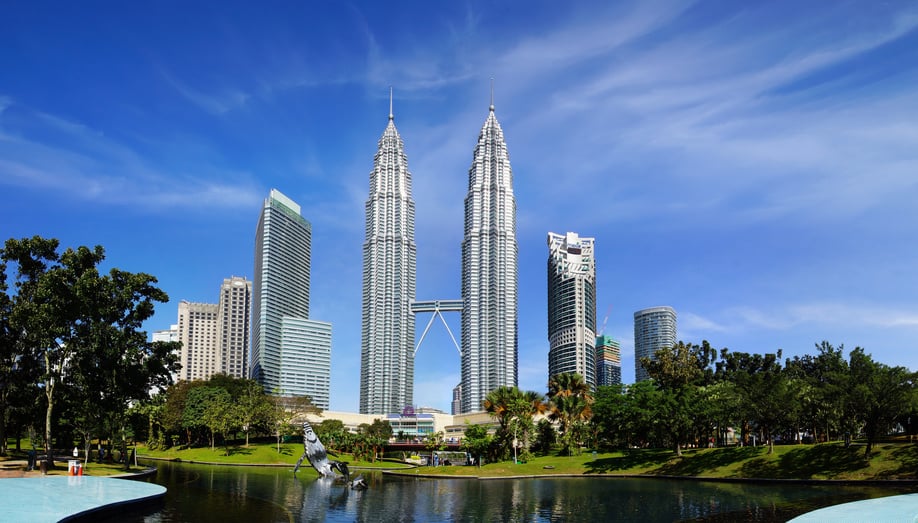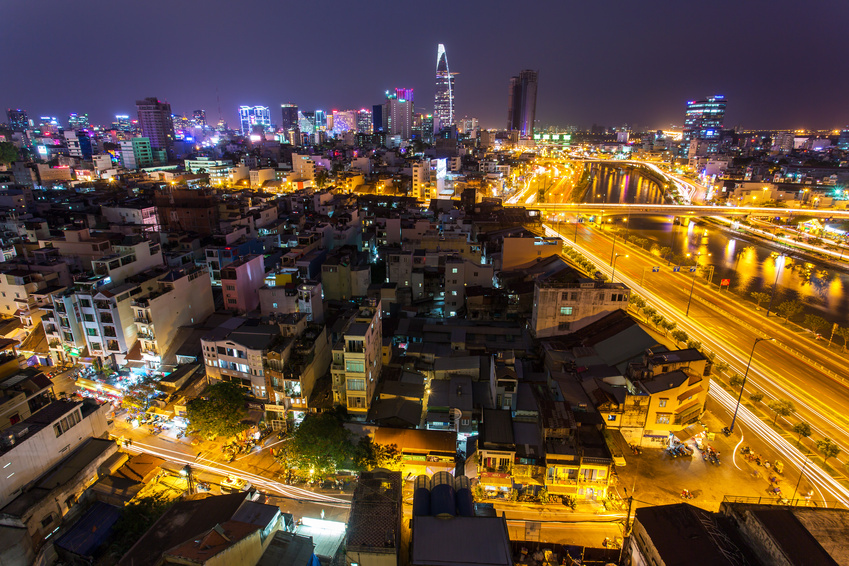Our planet is in a critical and unprecedented climate emergency. This has led the world’s largest economies to commit to trying to reduce greenhouse gas emissions — a commitment concluded in the enactment of the Paris Agreement (the international treaty regarding climate change, of which Chile is a party — “Agreement”). This historical agreement aims to address and mitigate the effects of climate change.
With this in mind, the world is seeking fossil fuel alternatives, leading to the rise of green hydrogen. Hydrogen is the first element of the periodic table, and it is abundantly available. However, it is not an energy source, but a chemical energy carrier, also known as an energy vector. As a vector, it is used to convert, store, and then release energy. There are various hydrogen production methods according to the commodity manipulated, the production process and the source of energy used to feed the production process.
With this in mind, a distinction has been made between grey and green hydrogen. Green hydrogen is produced by means of renewable energy. This type of hydrogen is called upon to fulfill a key role in energy transition toward non-carbon emitting sources, especially in industries and areas where the mitigation of greenhouse gas emissions is complicated, such as the steel and concrete industries.
Regulation and development of green hydrogen in Chile
Chile has been identified as a global power in terms of green hydrogen production, mainly due to the competitive advantage of low-cost renewable energy production, such as solar and wind energy, as well as due to its small area, which facilitates and reduces the costs in terms of infrastructure and the transportation of energy from source.
The regulation of this element in Chile was necessary, with the specific purpose of establishing the guidelines necessary for the correct development of this technology, consequently granting certainty to investors. With this in mind, the Ministry of Energy published the National Green Hydrogen Strategy (“Strategy”) in November 2020, with its main goal to promote the transition toward a low-emission economy, turning Chile into a frontrunner in the green hydrogen generation and exportation market.
Accordingly, the Strategy envisages three stages: Stage I — activating the domestic industry and develop exportation by means of production incentives, allowing the creation of knowledge, infrastructure and supply chains, among other things; and Stages II and III — scaling production, achieving a strong integration in international markets, mainly based on the development of new technologies and the use of green ammonia (ammonia produced by means of green hydrogen sources) in industries such as maritime transportation, aviation and energy storage, among others.
To achieve this, the Chilean government, through its ministries, mainly the Energy, Mining and Transport Ministries, has set out a regulatory roadmap, in which the enactment of a series of regulations is contemplated, namely: (i) the Hydrogen Facilities General Regulation; (ii) the Multi-Fuel Service Stations Regulation; (iii) the Technical, Construction and Security Requirements for GH2 (gaseous state hydrogen) Powered Vehicles Regulation; and (iv) the Hydrogen Systems for Mining Operations Regulation, among others.
International regulation and initiatives
Under the law of the European Union (EU), Member States are required to develop and submit to the European Commission, on a regular basis, ‘National Energy and Climate Plans’ setting out their plans to reach their national and EU-based climate and energy targets. Most Member States (even those that have not adopted a formal national hydrogen strategy) have included information on their national policies, targets and expected frameworks to encourage the development of hydrogen in their National Energy and Climate Plans.
Germany, one of the Member States currently at the forefront of green hydrogen affairs, published its “National Hydrogen Strategy” in June 2020, the main goal of which is to increase green hydrogen production capacity to 5 GW by 2030 and – as far as possible – to 10 GW by 2040, mainly by means of developing wind power — renewable energy obtained through the installation of wind turbines in open seas or on land. Furthermore, the aforementioned strategy contemplates investment of EUR 1 billion for the decarbonization of production processes between 2020 and 2023 and EUR 7 billion for investments in new businesses and research. Moreover, it includes a EUR 2 billion fund for international associations to promote the installation of hydrogen production infrastructure in other countries, mainly in Northern Africa.
In addition, the strategy creates a national hydrogen council, called upon to provide constant advice to the government in green hydrogen related matters, as well as a series of measures and incentives to promote the development of renewable energies. Finally, the strategy contemplates the creation of a hydrogen network, which will mainly use existing pipeline and storage infrastructure. According to a map for visionary hydrogen network published by the German gas transmission system operators in 2020, this network can be up to 5.900 km long.
Offshore wind energy also appears as a good alternative for the production of renewable energy in Chile, due to the geographical features of the country. This renewable energy source is more efficient than conventional wind energy, as wind in open seas is more powerful than that produced inland, mainly due to the absence of natural barriers.
Additionally, this source produces less negative impacts on the environment, especially in relation to the flora, fauna and visual and acoustic impact.
Current situation in Chile
As of 24 August 2021, nine months after the enactment of the Strategy, there are 60 green hydrogen projects in portfolio in Chile, all in different development stages, mainly located in Antofagasta, Valparaiso, Biobío and Magallanes.
For the development of these types of projects in Chile, it is first recommended to identify the location where the project is to be developed, conduct feasibility analyses and obtain the necessary rights and permits for its construction and operation (such as maritime concessions, easements and environmental qualification resolutions, among others).
Considering the huge volume of projects currently being processed, it is advisable to try to develop future projects in areas with low project congestion, seeking to exploit the different renewable energy sources throughout the country. Finally, and taking into account the lack of development of green hydrogen storage projects, as well as the strategic importance that this technology plays in the hydrogen value chain, it seems adequate to invest in research in this technology, in order to complement the progress of this important industry in the best possible way.
Conclusion
Based on the information reviewed in this article, it is possible to establish that the energy transition toward a low-carbon economy can only be achieved if the different countries mutually collaborate and support each other, by means of infrastructure, technology, knowledge and/or monetary contributions. In this regard, Chile is currently in a favorable position regarding developing green hydrogen — which is a key element of achieving the aforementioned transition — as well as complying with the international commitments related to climate change.



